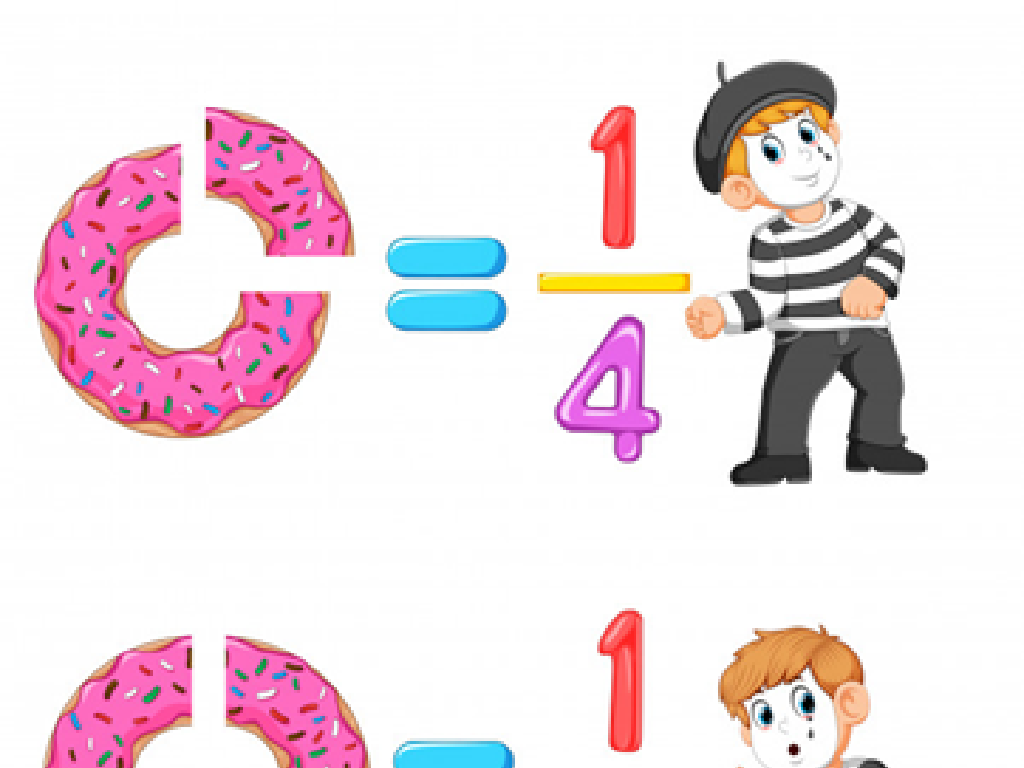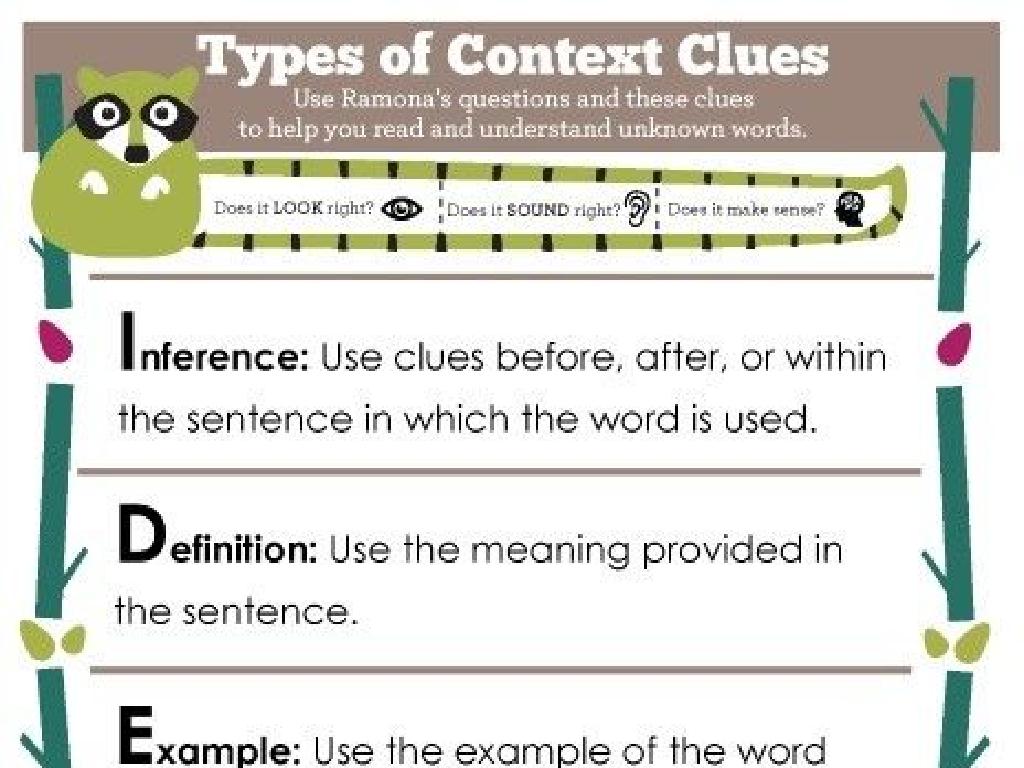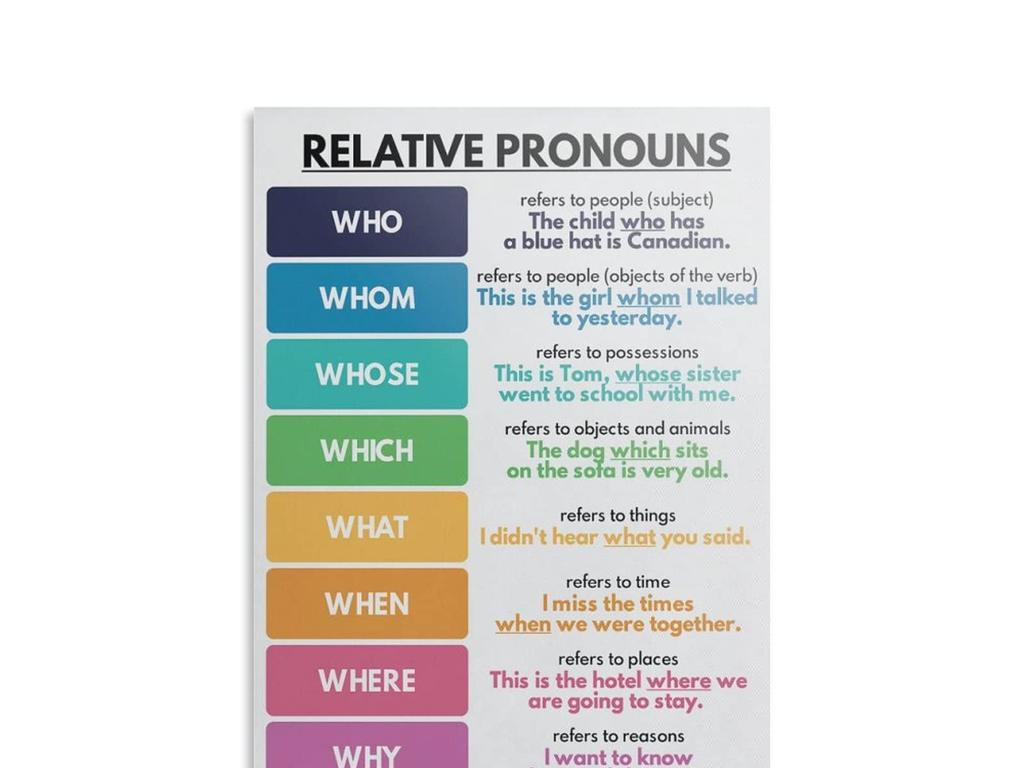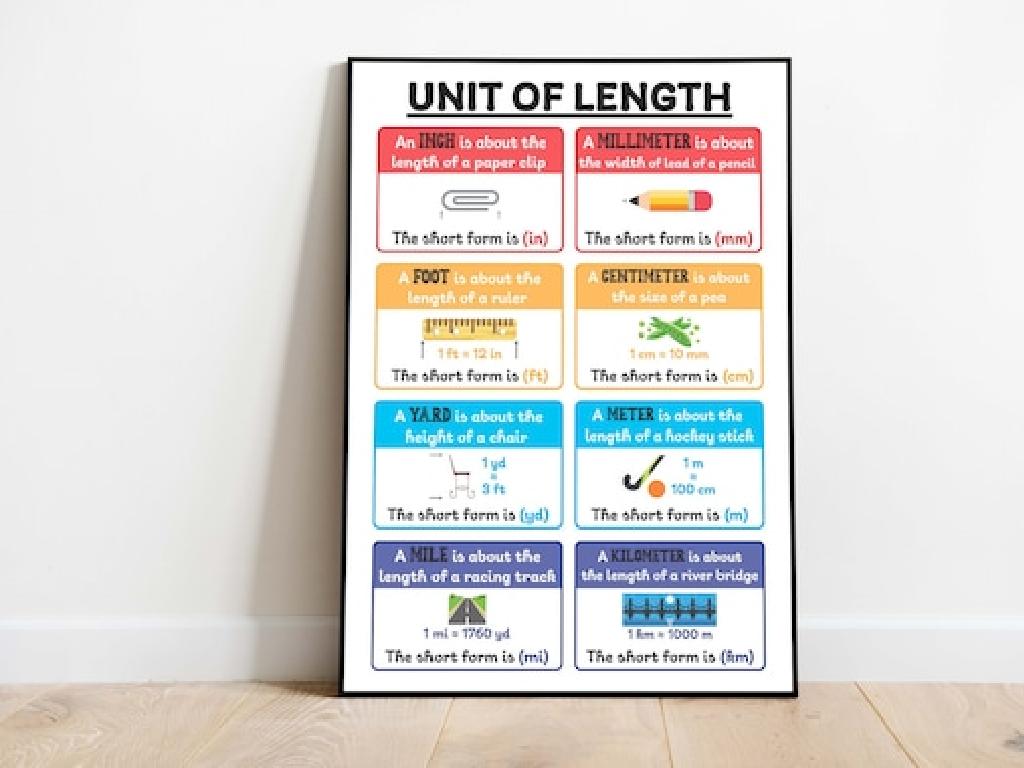Spell The Digraph Word: Ch, Sh, Th
Subject: Language arts
Grade: Third grade
Topic: Blends, Digraphs, And Trigraphs
Please LOG IN to download the presentation. Access is available to registered users only.
View More Content
Introduction to Digraphs
– Welcome to Language Arts class!
– Discovering special letter friends
– Digraphs are pairs like ‘sh’ in ‘ship’
– Digraphs: Two letters, one sound
– They work together to make a single sound
– Examples: ‘ch’, ‘sh’, ‘th’
– ‘ch’ as in ‘chair’, ‘sh’ as in ‘fish’, ‘th’ as in ‘thumb’
|
Begin the class with a warm welcome and introduce the concept of digraphs as ‘special letter friends’ to make them more relatable and engaging for third graders. Explain that in English, some sounds are made by combining two letters, which we call digraphs. Provide clear examples of common digraphs such as ‘ch’, ‘sh’, and ‘th’, and demonstrate the unique sound each pair makes. Use words that are familiar to the students to illustrate these sounds. Encourage the students to think of other words they know that contain these digraphs. This will set the foundation for further activities where they will practice identifying and using digraphs in their writing and reading.
Exploring Digraphs: ch, sh, th
– What’s a digraph?
– Two letters making one sound
– ‘ch’ as in ‘chair’
– ‘ch’ makes a unique sound like a train
– ‘sh’ as in ‘ship’
– ‘sh’ sounds like a whisper
– ‘th’ as in ‘think’
– ‘th’ sounds like a buzzing bee
|
This slide introduces the concept of digraphs to third-grade students, focusing on the ‘ch’, ‘sh’, and ‘th’ sounds. A digraph is when two letters come together to make a single, distinct sound. It’s important to emphasize that unlike blends, where you can hear each letter’s sound, in a digraph, the two letters create one new sound. Use everyday examples like ‘chair’, ‘ship’, and ‘think’ to illustrate each digraph. Encourage students to think of other words that contain these sounds and practice pronouncing them clearly. Activities can include a word hunt in their favorite books or writing sentences using new digraph words.
The ‘ch’ Sound in Words
– ‘ch’ sounds like a train: ‘choo choo!’
– Practice word: ‘chop’
– ‘chop’ means to cut something into pieces
– Find other ‘ch’ words
– Look in books or think of words you know
– Share your ‘ch’ words in class
– We’ll listen and learn from each other
|
This slide introduces the ‘ch’ digraph sound to students, likening it to the familiar sound of a train to make it engaging and memorable. Start by demonstrating the ‘ch’ sound and then use the word ‘chop’ to show it in context. Encourage students to find other words with the ‘ch’ sound as a homework activity. They can look in books, ask family members, or think of words they already know. In the next class, create a collaborative environment where students can share the words they’ve found and discuss the ‘ch’ sound in those words. This activity will help reinforce their understanding of digraphs and improve their phonetic skills.
The ‘sh’ Sound in Words
– ‘sh’ sound: quiet ‘shh!’
– Practice word: ‘shin’
– ‘Shin’ has the ‘sh’ sound at the start
– Find ‘sh’ sounds around you
– Look for objects with ‘sh’, like ‘shell’ or ‘shirt’
– Class activity: ‘sh’ hunt
– We’ll search for ‘sh’ words together in class
|
This slide introduces the ‘sh’ sound, which is similar to the sound we make when asking for silence. Start by demonstrating the sound and then use the word ‘shin’ as an example to practice. Encourage the students to find objects or words in the classroom that contain the ‘sh’ sound. This can be turned into a fun class activity where students search for items or pictures that have the ‘sh’ sound in their names. Possible activities include a scavenger hunt for ‘sh’ words, drawing items with the ‘sh’ sound, or creating a classroom ‘sh’ word wall where students can add new words they discover.
Mastering the ‘th’ Sound
– How to make the ‘th’ sound
– Stick out your tongue slightly and blow air
– Practice with ‘that’
– ‘that’ – the ‘th’ is at the start
– Saying ‘thank you’
– Practice gratitude and pronunciation
– Listening activity with ‘th’
– Hear and identify ‘th’ in words
|
This slide is focused on teaching students how to articulate the ‘th’ sound, which is common in English and can be voiced or unvoiced. Start by demonstrating the correct mouth position, encouraging students to notice the feel of their tongue and the flow of air. Use the word ‘that’ to practice the sound at the beginning of a word, and ‘thank you’ to practice within a common phrase. Incorporate a listening activity where students listen to words and identify the ‘th’ sound. This will help them recognize the sound in different contexts and improve their pronunciation. Make sure to correct gently and offer plenty of praise to build confidence.
Practice Time: Spelling with Digraphs
– Let’s spell words together
– I’ll say a word, you spell it
– Listen for ‘ch’, ‘sh’, ‘th’
– Words like ‘chair’, ‘ship’, ‘think’
– Practice makes perfect!
|
This slide is for an interactive class activity focused on practicing spelling words with the digraphs ‘ch’, ‘sh’, and ‘th’. Start by saying a word out loud and have the students spell it out loud in response. Emphasize the importance of listening for the digraph sounds to spell the words correctly. Use words that are age-appropriate and commonly encountered by third graders. Possible words for the activity: ‘chew’, ‘chick’, ‘shop’, ‘bash’, ‘thin’, ‘bath’. Encourage students to articulate the digraph sounds distinctly as they spell. This exercise will help reinforce their understanding of digraphs and improve their spelling skills.
Class Activity: Digraph Hunt
– Let’s go on a digraph hunt!
– Find objects with ‘ch’, ‘sh’, ‘th’
– Look for ‘ch’ like in ‘chair’, ‘sh’ as in ‘shell’, ‘th’ like in ‘thread’
– Work in pairs for word list
– Share your findings with the class
– Each pair will present their list to the class
|
This interactive activity is designed to help students recognize and understand digraphs – two letters that make one sound. By searching the classroom for objects containing ‘ch’, ‘sh’, or ‘th’, students will apply their knowledge in a practical setting. Working in pairs encourages collaboration and communication. After the hunt, facilitate a discussion where each pair shares their list of words. This will reinforce their learning and allow them to see the variety of words that include these digraphs. Possible objects could be a chart, a brush, or a cloth. Make sure to circulate the room to assist pairs as needed and ensure everyone is on task.
Digraph Mastery: Wrapping Up!
– Congratulations on learning digraphs!
– ‘ch’, ‘sh’, ‘th’ are special two-letter sounds
– Think of ‘ch’ as in ‘chair’, ‘sh’ in ‘ship’, ‘th’ in ‘think’
– Practice makes perfect with digraphs
– Try reading books and spotting digraphs
– Aim to become a digraph expert!
|
Great work today, class! You’ve taken a big step in understanding how digraphs work in our language. Remember, ‘ch’, ‘sh’, and ‘th’ are not just individual letters, but teams that work together to make a unique sound. Encourage the students to keep practicing by reading out loud and listening for these sounds in words. Maybe even have a digraph scavenger hunt at home or in the classroom. With consistent practice, they’ll be able to recognize and use these digraphs effortlessly. Let’s aim to be digraph experts, and we’ll continue to explore more in our next lessons!






